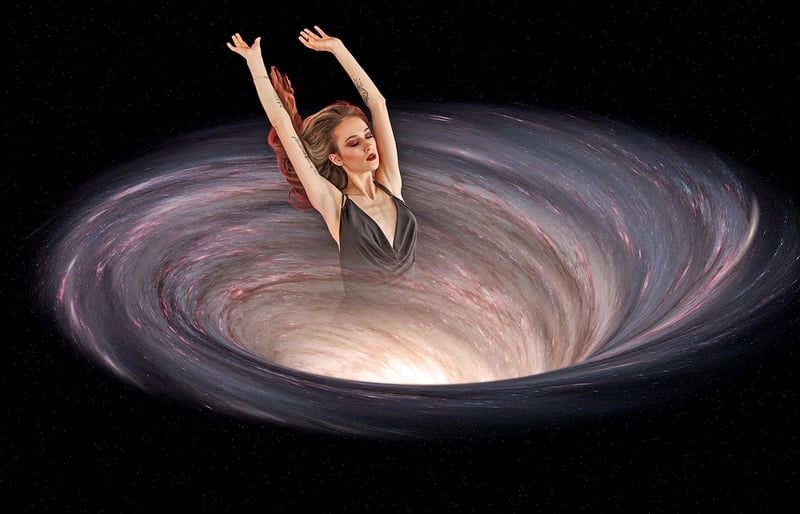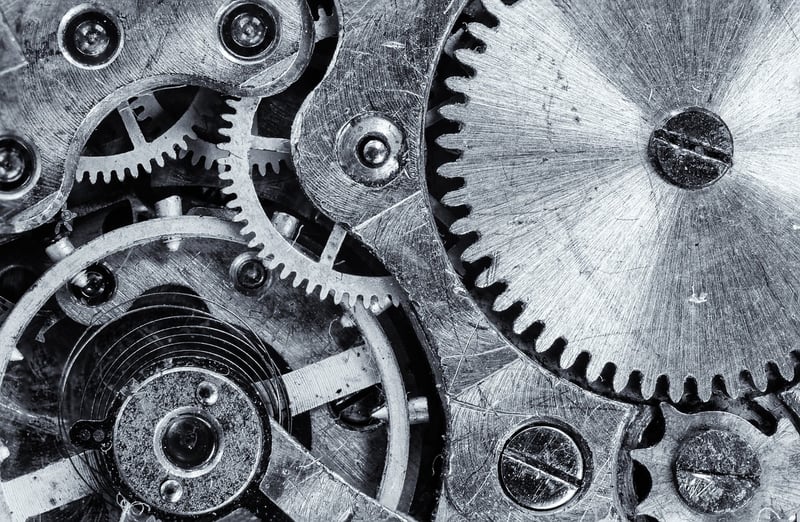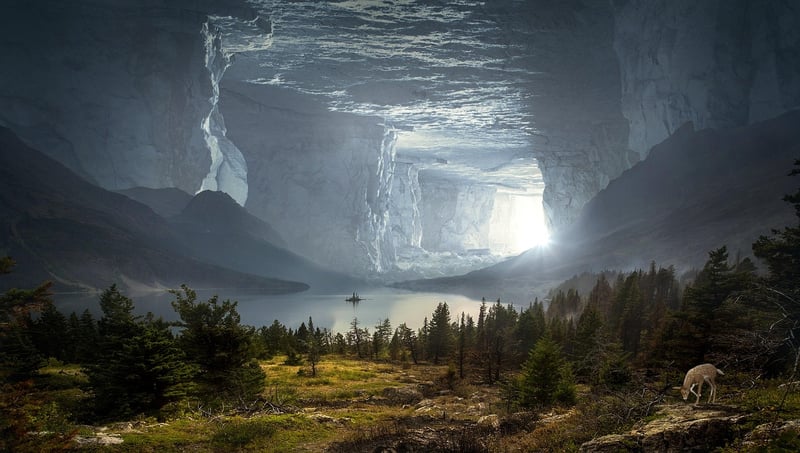Chrono Portals
Exploring Methods of Time Travel and Chrono Portals
Time travel has been a fascinating topic in science fiction for decades, capturing the imagination of many. While time travel remains a theoretical concept, various methods and portals have been proposed in fiction and theoretical physics. Let's delve into some of these intriguing concepts:
1. Wormholes
One popular idea for time travel involves wormholes, hypothetical tunnels in spacetime that connect two distant points. By traversing through a wormhole, one could potentially access different points in time as well as space.

2. Time Machines
Time machines are devices that could enable individuals to travel back or forward in time. The concept of a machine capable of manipulating time has been explored in various stories and movies, often leading to paradoxes and ethical dilemmas.

3. Chrono Portals
Chrono portals are fictional or theoretical gateways that allow passage between different points in time. These portals could be natural phenomena or artificially created by advanced civilizations.

4. Time Dilation
Time dilation, a concept from Einstein's theory of relativity, suggests that time can pass at different rates for observers in different frames of reference. Traveling near the speed of light or in strong gravitational fields could result in time appearing to move slower or faster.
5. Quantum Entanglement
Some theories propose that quantum entanglement, a phenomenon where particles become interconnected regardless of distance, could potentially be used for instantaneous communication across time and space.
While these methods of time travel and chrono portals are fascinating to consider, they remain firmly in the realm of science fiction and theoretical physics. The exploration of such concepts continues to inspire creativity and curiosity about the nature of time and the universe.
Remember, time travel in reality is not yet possible, but the ideas and theories surrounding it spark endless possibilities for storytelling and scientific inquiry.
